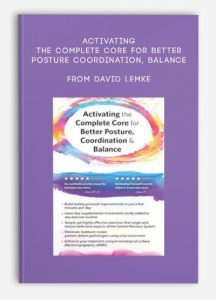 Activating the Complete Core for Better Posture, Coordination, Balance from David Lemke
Activating the Complete Core for Better Posture, Coordination, Balance from David Lemke
More information about Medical:
Medicine is the science and practice of establishing the diagnosis, prognosis, treatment, and prevention of disease.
Medicine encompasses a variety of health care practices evolved to maintain and restore health by the prevention and treatment of illness.
Contemporary medicine applies biomedical sciences, biomedical research, genetics, and medical technology to diagnose, treat, and prevent injury and disease,
typically through pharmaceuticals or surgery, but also through therapies as diverse as psychotherapy, external splints and traction, medical devices, biologics, and ionizing radiation, amongst others.
Medicine has been around for thousands of years, during most of which it was an art (an area of skill and knowledge) frequently having connections to the religious and
philosophical beliefs of local culture. For example, a medicine man would apply herbs and say prayers for healing, or an ancient philosopher and physician would apply bloodletting according to the theories of humorism.
In recent centuries, since the advent of modern science, most medicine has become a combination of art and science (both basic and applied, under the umbrella of medical science).
While stitching technique for sutures is an art learned through practice, the knowledge of what happens at the cellular and molecular level in the tissues being stitched arises through science.
Outline:
WHAT IS THE COMPLETE CORE?
The Answer Tells Us What’s the Key to Truly Functional Exercise
- Looking deeper than what we normally consider the “core”
- How outdated technology has impaired our definitions of the core and negatively affected our treatments
- The lack of outcomes in the face of all the data – what’s going on?
- Effecting what happens “before the core” for proper muscle recruitment
HANDS-ON LAB
Improve Our Treatment With Kinesiological Surface Emg (sEMG) Testing
- 11 key movements that better informs our work with the core
- Video and sEMG recording of test activities – what does it tell us about the body?
- How to use the sEMG in our work as rehab professionals?
IMPLICATIONS OF CNS = CORE
What sEMG Tells Us About the Kinetic Chain
- How the CNS sees muscles
- Review sEMG data to observe “chains” vs. groups
- Muscles, mood, and movement
- CNS perspective: a chain is only as strong as its weakest link
- Implications of CNS as CORE: Motor learning in ever activated, learning, adapting system
WHAT IS THE CORE “TWIST” AND HOW UNDERSTANDING IT IS REVOLUTIONARY TO TREATMENT
- How the motor system is in training before you hit the gym
- The Core “Twist” pattern as the driving force in:
- Lower quarter symptoms – most common underlying pathologies
- Upper quarter symptoms – most common underlying pathologies
- Recognize how elusive the missing links are
- Recognizing the simple elegance of functional chains
TRAINING FUNCTIONAL CHAINS
The Benefits of Exercising Out of the Twist
- Training vs. exercise
- Targeting the CNS with structured, resisted movement
- Cross-training out of the Twist
- If an exercise doesn’t counter the Twist, then it’s not reinforcing it
HANDS-ON LAB
The Exercises You’re Not Using to Enhance Posture, Balance & Coordination
- Demo and practice exercise
- XC Skiing, backwards resisted walking – ideal activities to counter primary overuse patterns
- Group brainstorming: FCT demo and SkiX activity
- Signs of success: Posture, balance, and youthful boldness
Description:
I used to play that frustrating game of chasing the pain with rehab clients. And for years I thought I had successfully treated thousands of clients with muscle and joint pain; however, I still felt as if there was one key ingredient I was missing to maintain function in my patients.
Then I discovered a revolutionary method after using kinesiological surface electromyography (sEMG) evaluation. This resulted in a breakthrough in one session. I was able to free a borderline frozen shoulder and eliminated nearly all the patient’s pain – with sustained results.
In my experiential training recording, I’ll show you 3 simple exercises that target the Central Nervous System to correct movement dysfunction and change your client’s lives permanently.
You’ll learn how to concentrate on the body’s true core and its bias – which we call the “Twist” – and discover how it leads to lasting change of improved balance, coordination, and effortless posture.
These strategies will revolutionize how you work with your clients. So sign up today and revolutionize the way you treat your patients.
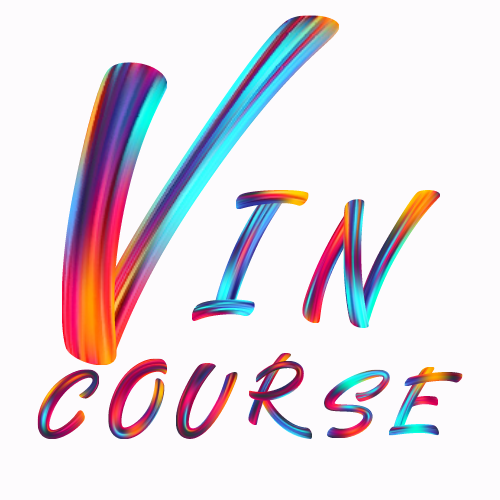

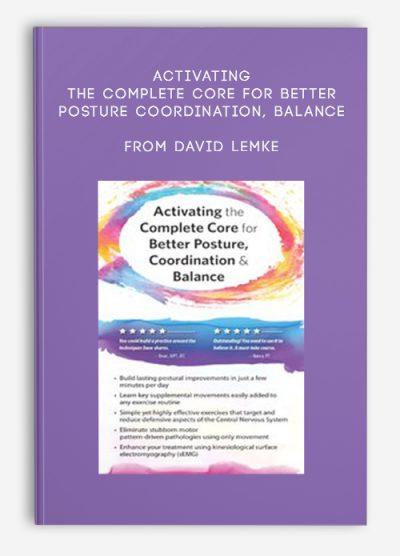
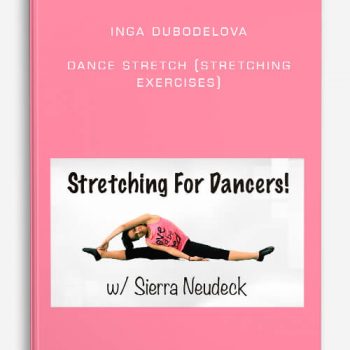
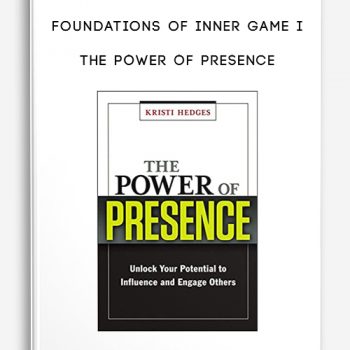

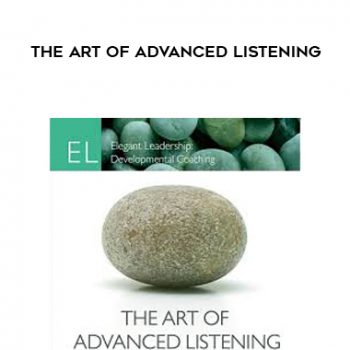

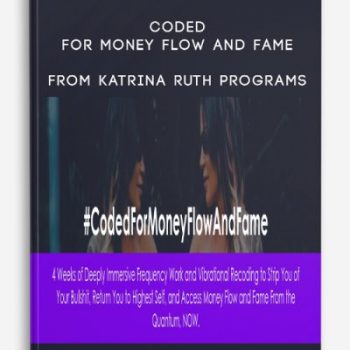




tristian –
This is Digital Download service, the course is available at Coursecui.com and Email download delivery.